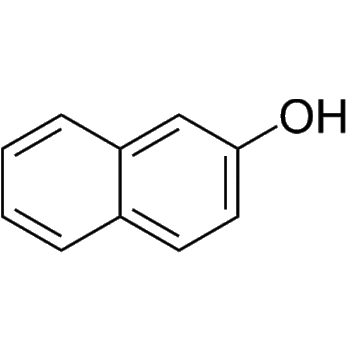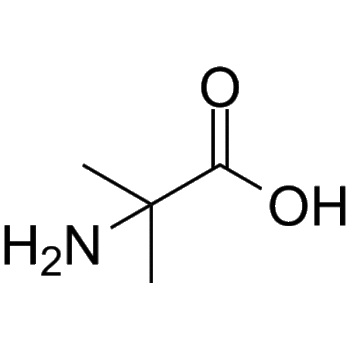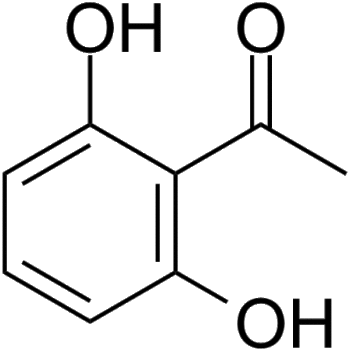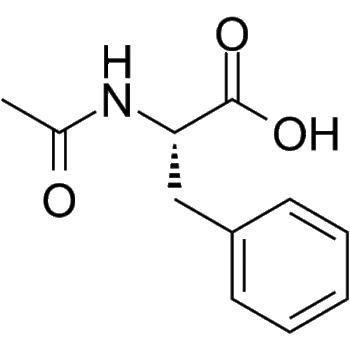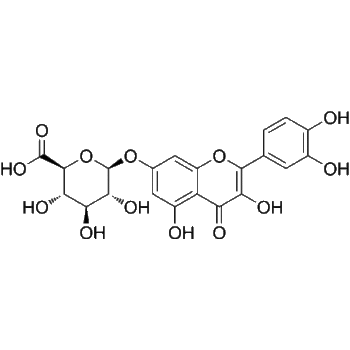
Download Files:
Monocrotaline
$75 – $450
Products Details
Product Description
– Monocrotaline is an 11-membered macrocyclic pyrrolizidine alkaloid. Monocrotaline inhibits OCT-1 and OCT-2 with IC50s of 36.8 µM and 1.8 mM, respectively. Monocrotaline has antitumor activity and is cytotoxic to hepatocellular carcinoma cells. Monocrotaline is used to induce a model of pulmonary hypertension in rodents. [2][6][8].
Web ID
– HY-N0750
Storage Temperature
– 4°C (Powder, sealed storage, away from moisture and light)
Shipping
– Room Temperature
Applications
– Cancer-programmed cell death
Molecular Formula
– C16H23NO6
References
– [1]Gomez-Arroyo JG, et al. The monocrotaline model of pulmonary hypertension in perspective. Am J Physiol Lung Cell Mol Physiol. 2012 Feb 15;302(4):L363-9.|[2]Kusuma SS, et al. Antineoplastic activity of monocrotaline against hepatocellular carcinoma. Anticancer Agents Med Chem. 2014;14(9):1237-48.|[3]Wilson DW, et, al. Mechanisms and pathology of monocrotaline pulmonary toxicity. Crit Rev Toxicol. 1992;22(5-6):307-25.|[4]Nogueira-Ferreira R, et al. Exploring the monocrotaline animal model for the study of pulmonary arterial hypertension: A network approach. Pulm Pharmacol Ther. 2015 Dec;35:8-16.|[5]Rafikova O,et al. Metabolic Changes Precede the Development of Pulmonary Hypertension in the Monocrotaline Exposed RatLung. PLoS One. 2016 Mar 3;11(3):e0150480.|[6]Wu XH, et al. Experimental animal models of pulmonary hypertension: Development and challenges. Animal Model Exp Med. 2022 Sep; 5(3):207-216.|[7]Jin H, et al. Astragaloside IV blocks monocrotaline‑induced pulmonary arterial hypertension by improving inflammation and pulmonary artery remodeling. Int J Mol Med. 2021 Feb;47(2):595-606.|[8]Chen JY, et al. An in vitro study on interaction of anisodine and monocrotaline with organic cation transporters of the SLC22 and SLC47 families. Chin J Nat Med. 2019 Jul;17(7):490-497. |[9]Zhao J, et al. Effects of paclitaxel intervention on pulmonary vascular remodeling in rats with pulmonary hypertension. Exp Ther Med. 2019 Feb;17(2):1163-1170.
CAS Number
– 315-22-0
Molecular Weight
– 325.36
Compound Purity
– 98.08
SMILES
– O=C(O[C@]1([H])CCN2[C@]1([H])C(CO3)=CC2)[C@H](C)[C@@](C)(O)[C@@](C)(O)C3=O
Clinical Information
– Launched
Research Area
– Metabolic Disease; Cancer
Solubility
– 1M HCl : 200 mg/mL (ultrasonic)|DMSO : 25 mg/mL (ultrasonic;warming;heat to 60°C)|H2O : 2 mg/mL (ultrasonic)
Target
– Others
Pathway
– Others
Product type
– Natural Products
Disclaimer: All products are for Research use only unless clearly stated otherwise on the product datasheet. Datasheets provided on the website are drafts for reference purpose only and you are requested to always refer to the hard copy included in the kit for your experimentation. Agdia Products are available for delivery only in Canada.
